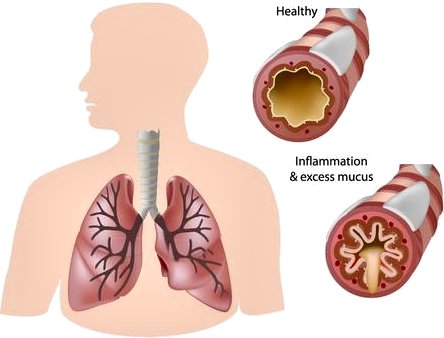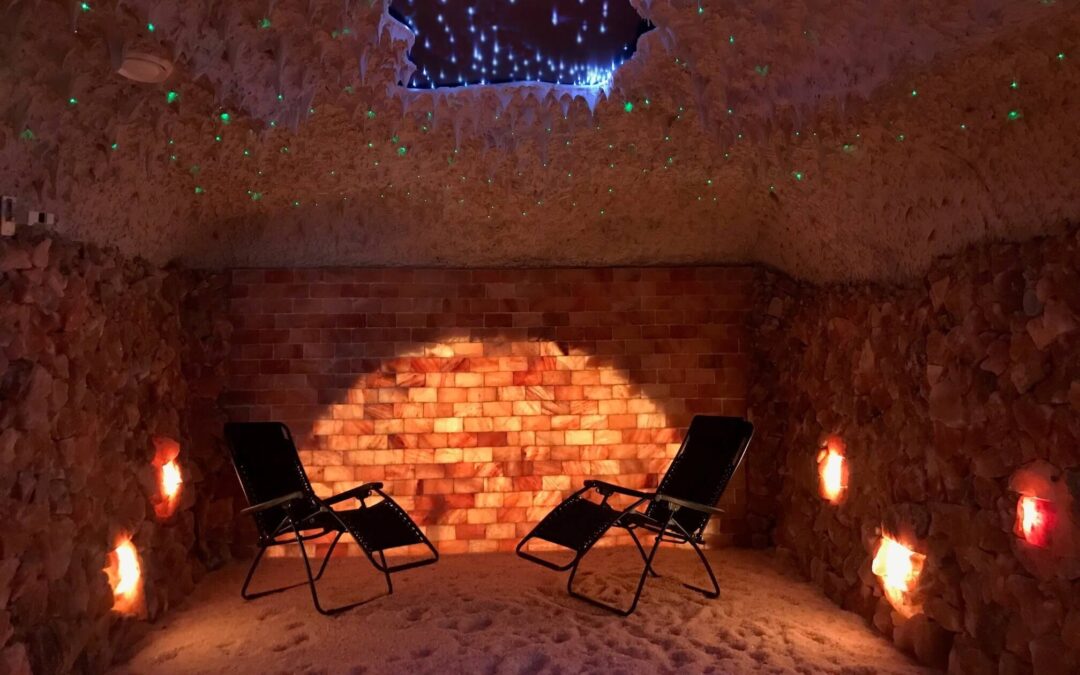Halotherapy, also known as salt therapy, is an alternative treatment that involves breathing in salty air. It’s based on speleotherapy, the practice of using the natural environment of a salt cave for therapeutic purposes.
Halotherapy is gaining popularity for its benefits in treating various respiratory and skin conditions.
This article explores the different types of halotherapy, methods of administration, and associated health benefits, supported by clinical trial references.
Types of Halotherapy: Dry vs. Wet
Dry Salt Therapy: This involves a dry salt aerosol being inhaled in a controlled environment, like a salt room. The dry salt particles are tiny, enabling them to penetrate deep into the lungs and skin. Dry salt therapy is believed to reduce inflammation, absorb irritants, and loosen mucus.
Wet Salt Therapy: This includes methods like salt water baths, gargling with salt water, or using saline solutions. The moisture associated with wet salt therapy can be beneficial for hydrating the respiratory tract and the skin.
Methods of Administration
Salt Rooms: These are man-made spaces designed to replicate the climate of a salt cave. They often feature walls coated with salt and a machine called a halogenerator to disperse dry salt particles into the air.
Salt Caves: Natural salt caves have been used for centuries for their therapeutic properties. These environments naturally contain salt particles that can be inhaled.
Salt Saunas: These combine the dry heat of a traditional sauna with the benefits of halotherapy. Salt may be added to the heat source or the walls of the sauna.
Health Benefits

Halotherapy and respiratory health
Respiratory Conditions
Clinical trials have demonstrated that halotherapy can be beneficial for various respiratory conditions.
A review of literature from 1980 to 2018 highlighted that halotherapy showed improvements in pulmonary functions, like increased forced expiratory volume and improved quality of life in patients with chronic respiratory diseases [source].
Another study found that inhaling salt particles helps in mucociliary clearance and reduces inflammation, which is beneficial for conditions like asthma, bronchitis, and COPD [source].
Skin Conditions
Studies have also shown positive results in the treatment of skin conditions through halotherapy. For instance, a 1994 study on speleotherapy for atopic dermatitis in children reported significant improvements in dermatological status and immune homeostasis [source].
Additionally, the anti-inflammatory and healing effects of salt therapy on diseases like psoriasis, eczema, and neurodermatitis have been recognized [source].
Future Research
Despite these promising findings, more rigorous and structured clinical trials are necessary to fully understand the benefits and potential limitations of halotherapy.
The scientific community emphasizes the need for more comprehensive research to establish standardized guidelines for the use of halotherapy in medical practice.
Conclusion
Halotherapy, with its diverse methods like dry salt therapy in salt rooms and wet salt therapy in salt baths, offers a range of potential health benefits, particularly for respiratory and skin conditions.
Its increasing popularity is backed by a growing body of clinical research. As an alternative treatment, halotherapy presents an intriguing option for those seeking natural remedies for health and wellness.
We hope you found the information above useful. Leave a comment below, or contact us if you have any questions.
